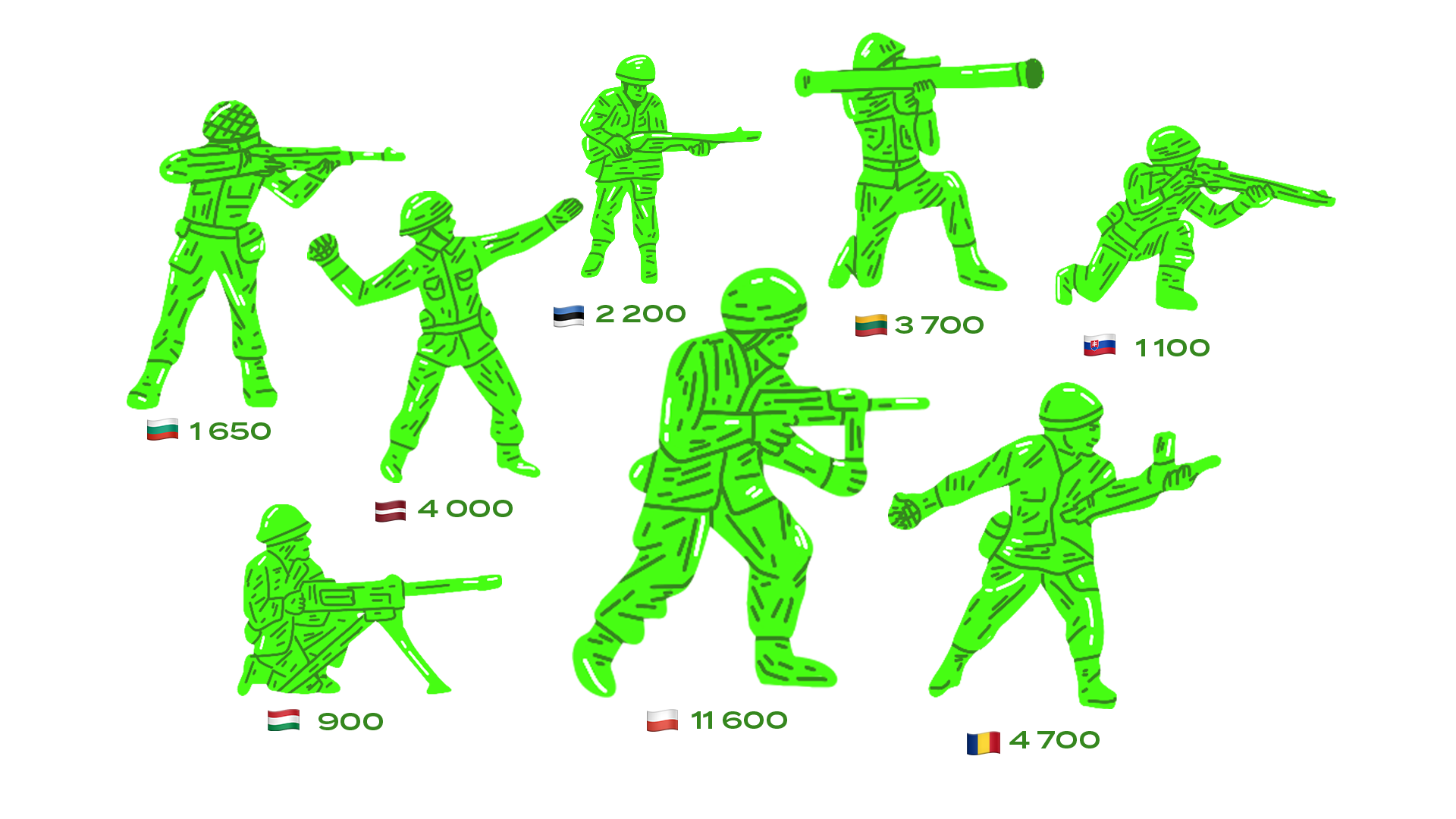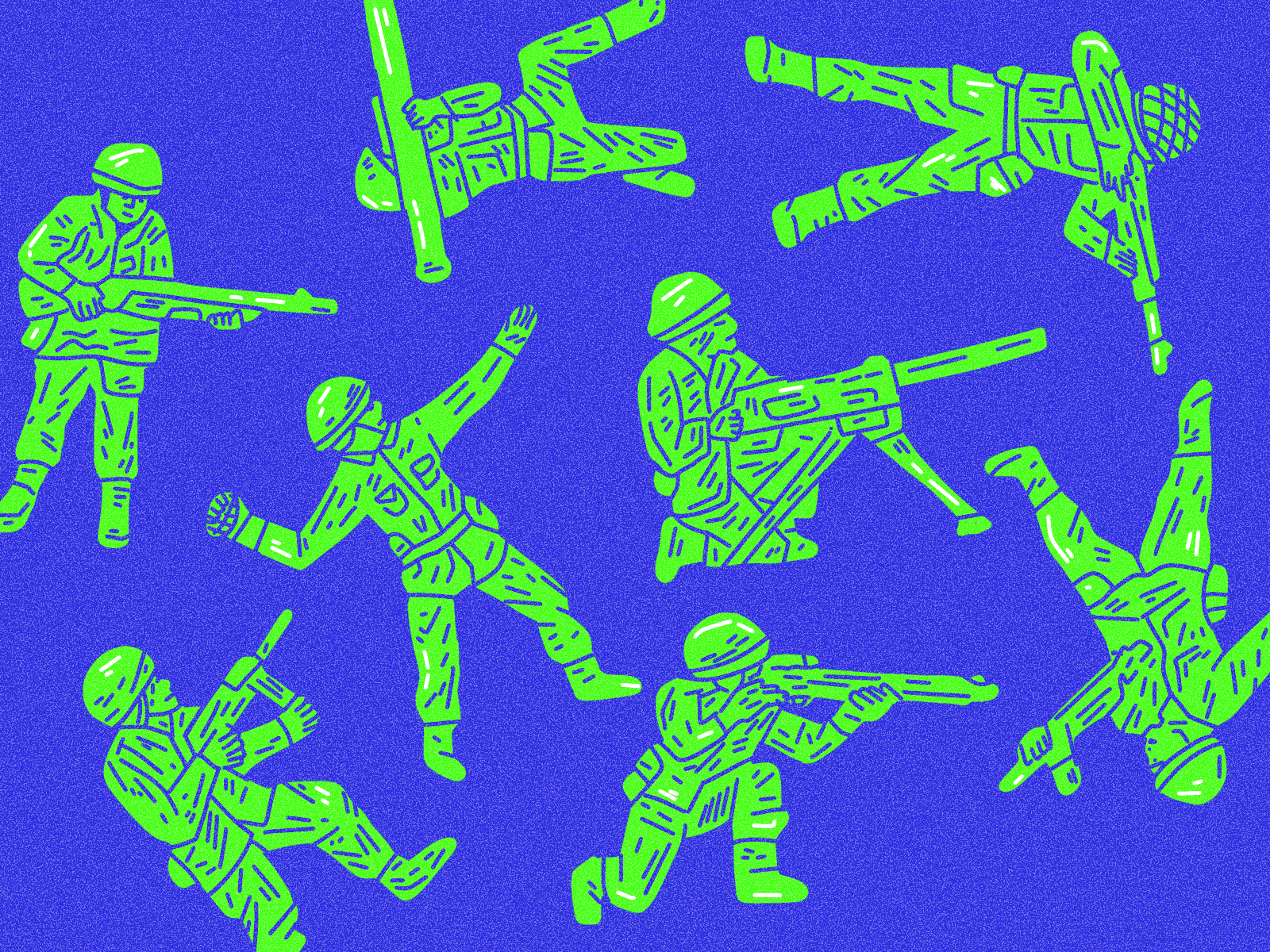The US Army withdraws a Patriot air defense missile system from the Malacky-Kuchyňa airbase in Slovakia. The decision also entails the departure of 100 American soldiers.
The Patriot missile defense system will be moved to Germany from Slovakia. According to Slovak Defense Minister Jaroslav Nad’, the Patriot system will be moved to the base in Germany for maintenance. Slovak Spectator reported that Nad’ rejected the claims that the defense system would be transferred to Ukraine and stressed that the continuous rotation of foreign units is normal.
Since the Russian invasion of Ukraine, one of NATO’s priorities has been strengthening its eastern flank. The deployment of the Patriot air defense system to Slovakia began when the war broke out. Slovakia received the three Patriot air defense systems from the Netherlands and Germany after Bratislava provided its own Soviet-era system to war-torn Ukraine. At that time, Nad’ emphasized that the Patriot system was not a replacement for the air defense system given to Ukraine but a further strengthening of the country’s air defenses.
In October 2022, the Netherlands withdrew one of its Patriot systems as the Ministry of Defense deemed it necessary considering the security situation in Slovakia and the whole Central and Eastern European region.
There are currently 300 US soldiers in Slovakia, 100 of whom operate the Patriot system. They are leaving the country soon, but 200 American troops still remain at the military base in central Slovakia.
The Italian daily La Repubblica then reported that Italy would be able to replace the system that was withdrawing from Slovakia and could also provide soldiers to operate it. Italy uses a modern Italian-French system designed to protect against drones, aircraft, and rockets. „Italian army experts have visited potential sites in Slovakia where their system could be located, but nothing has been settled yet,” said Nad’.

The Russian aggression has made it a top priority for NATO to significantly strengthen its eastern flank militarily. As a result, the number of NATO troops deployed in countries geographically close to Russia had reached 40,000 by May 2022, almost ten times the number of soldiers stationed in the region the previous year. In 2021, there were 4,650 NATO troops in the Alliance’s eastern flank in four battle groups in the Baltic states and Poland. But several European countries have requested the deployment of US troops in their territories, which now reaches 100,000, the highest number of American soldiers in Europe since 2005.
The North Atlantic Treaty Organisation reacted quickly to the Russian invasion in February by increasing the number of NATO troops in Poland tenfold a month after the war began and by setting up four new battlegroups based in Bulgaria, Hungary, Romania, and Slovakia. According to NATO Secretary General Jens Stoltenberg, Russian aggression and the threat Putin’s regime poses have created a „new reality” for the Alliance, which must redefine and reshape the way it defends its members.
As planned, a large NATO troops deployment took place in Central and Eastern Europe. A permanent military base was established in Poland in June 2022, making Poland the regional hub for US forces. In addition to the permanent base, US President Joe Biden also announced other regional expansion plans last summer: a new rotational brigade in Romania and strengthening the rotational troops in the Baltic states.
All in all, NATO troops in the region have multiplied: meaning 11,600 soldiers in Poland, 4,700 in Romania, 1,650 in Bulgaria, 1,100 in Slovakia, and 900 in Hungary. NATO’s presence is significant in the Baltics, too, especially compared to the three countries’ populations: there are 2,200 troops in Estonia, 4,000 in Latvia, and 3,700 in Lithuania. In addition to the large military presence, further military equipment and air force were deployed to the region after the outbreak of the Russo-Ukrainian war.

The military reinforcement of NATO’s eastern flank is a direct consequence of Russian aggression. Russia is the largest danger to the transatlantic community, and this threat requires a response. Although the eastern military build-up began in 2017, years before the Russian invasion, it only concerned Poland and the Baltic countries with the deployment of battalions under the leadership of the United Kingdom, Canada, Germany, and the United States. The build-up in 2022 has multiplied NATO’s presence in Central and Eastern Europe; NATO’s goal is to have a permanent presence of combat-ready forces in the region.
Graphics: Roland Molnár

Unusual stakes for this year’s Super Bowl

Knitwear that hides its wearer from facial recognition










